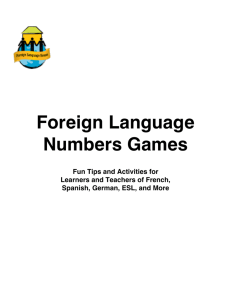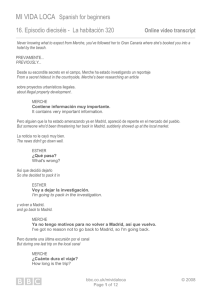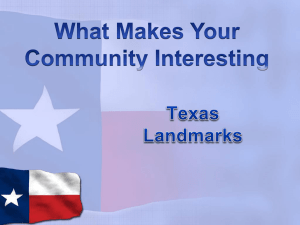The numbers 0
advertisement
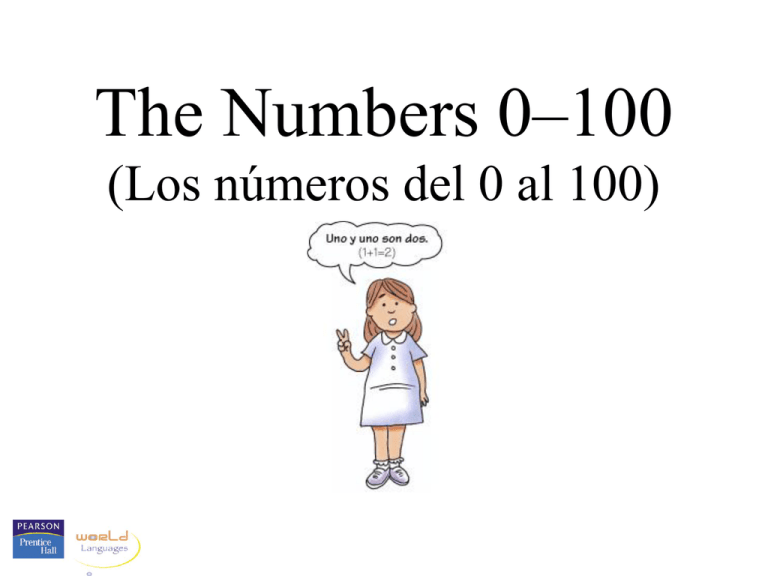
The Numbers 0–100 (Los números del 0 al 100) The Numbers 0–100 0 1 2 3 4 5 cero uno dos tres cuatro cinco 6 7 8 9 10 seis siete ocho nueve diez 11 12 13 14 15 once doce trece catorce quince The Numbers 0–100 The numbers from 16 to 19 (and from 21 to 29) are normally written as one word. 16 17 18 19 20 dieciséis diecisiete dieciocho diecinueve veinte Formerly, these numbers could be written as three words, and may be encountered in this format in older publications: diez y seis diez y siete diez y ocho diez y nueve When written as one word, dieciséis must bear a written accent as shown. The Numbers 0–100 21 22 23 24 25 26 27 28 29 30 veintiuno (veinte y uno) veintidós (veinte y dos) veintitrés (veinte y tres) veinticuatro (veinte y cuatro) veinticinco (veinte y cinco) veintiséis (veinte y seis) veintisiete (veinte y siete) veintiocho (veinte y ocho) veintinueve (veinte y nueve) treinta Veintidós, veintitrés, and veintiséis must also bear a written accent as shown. The Numbers 0–100 31 treinta y uno 32 treinta y dos ¿treintiuno? etc. 40 cuarenta 41 cuarenta y uno etc. We do not condense the numbers to one word after 30. The Multiples of Ten (Los múltiplos de diez) 10 20 30 40 50 diez veinte treinta cuarenta cincuenta 60 70 80 90 100 sesenta setenta ochenta noventa cien Cien and ciento cien = 100 even 100 cien 101 ciento uno 110 ciento diez cien → ciento with any number over 100 even Notice that “y” (and) is not used between the hundreds’ and tens’ places. 115 ciento quince, etc. Uno, un and una The counting number uno becomes un before a masculine singular noun . . . un libro un profesor → one book → one professor (male) . . . and una before a feminine singular noun. una mesa una profesora → one table → one professor (female) In compound numbers, -uno becomes -ún before a masculine noun and -una before a feminine noun. veintiún libros veintiuna profesoras → twenty-one books → twenty-one professors FIN
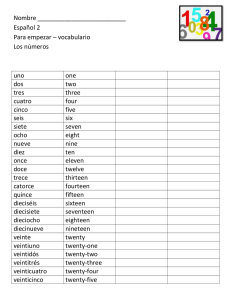
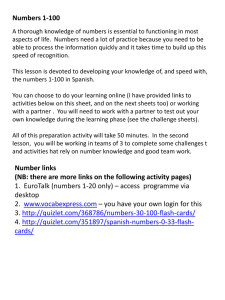
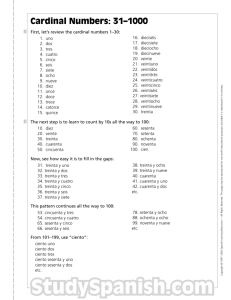
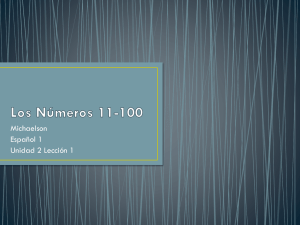
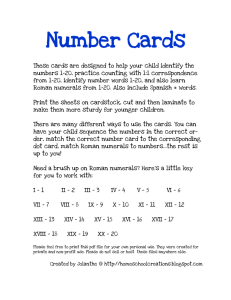
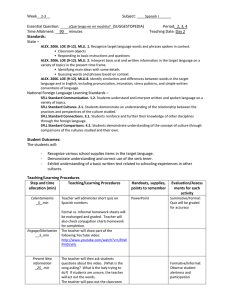

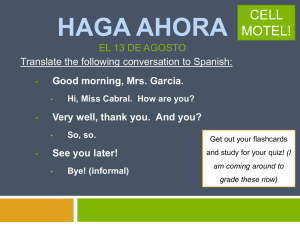
![Los numeros 31 to 100 Notes [9/18/2015]](http://s3.studylib.net/store/data/007102320_1-d9ec7d73477a8c2b94901f1e6ddd220c-300x300.png)


